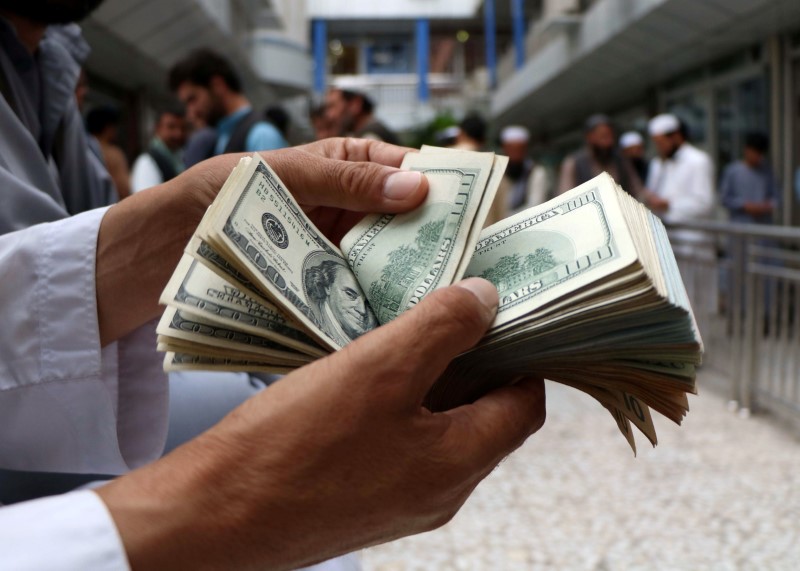By Gina Lee
Investing.com – The dollar was up on Monday morning in Asia, but fell against the currencies of major commodity exporters, as investors increased bets on countries that stand to benefit from rising prices for oil, metals, and other goods.
The U.S. Dollar Index that tracks the greenback against a basket of other currencies inched up 0.09% to 92.073 by 11:48 AM ET (4:48 AM GMT).
The USD/JPY pair inched up 0.09% to 108.44, with the dollar close to hitting a nine-month high against the yen.
The AUD/USD pair inched up 0.08% to 0.7692, while the NZD/USD pair inched down 0.04% to 0.7156. Both Antipodean risk currencies largely benefitted from their links to the global commodities trade.
The USD/CNY pair was up 0.24% to 6.5114. China trade data released earlier in the day showed that exports rose 60.6% year-on-year in February and imports rose 22.2% year-on-year. The trade balance was at $103.25 billion.
The GBP/USD pair edged down 0.16% to 1.3819.
The dollar index was not far from a three-month high reached on Friday after data showed the U.S. economy created more than twice as many jobs as expected in February. Non-farm payrolls for February were at 379,000, above the 182,000 in forecasts prepared by Investing.com and January’s 166,000 reading.
Positive economic data and progress in passing a $1.9 trillion stimulus package through the U.S. Congress boosted sentiment for the dollar, but that the U.S. currency could struggle against commodity currencies as expectations for a rebound in global trade continue to rise.
Rising Treasury yields saw the dollar fall against the pound and the euro but maintain multi-month highs against the yen and the Swiss franc.
“We are seeing a significant divergence in the dollar … commodity prices simply aren’t coming down, so there’s no way the dollar can rise against the AUD and NZD. However, the dollar will remain strong against the yen because yields are the main driver,” Daiwa Securities foreign exchange strategist Yukio Ishizuki told Reuters.
Surging oil prices, with Brent oil futures rising above the $70 mark for the first time in more than a year, pulled investors towards currencies of oil exporters and triggered bids for commodity currencies as the Asian session opened.
Investors also cut their net short dollar positions in the latest week to $27.80 billion, which is the smallest short position since Dec. 15, 2020, and an indication that dollar bears are giving up on betting against the greenback.
